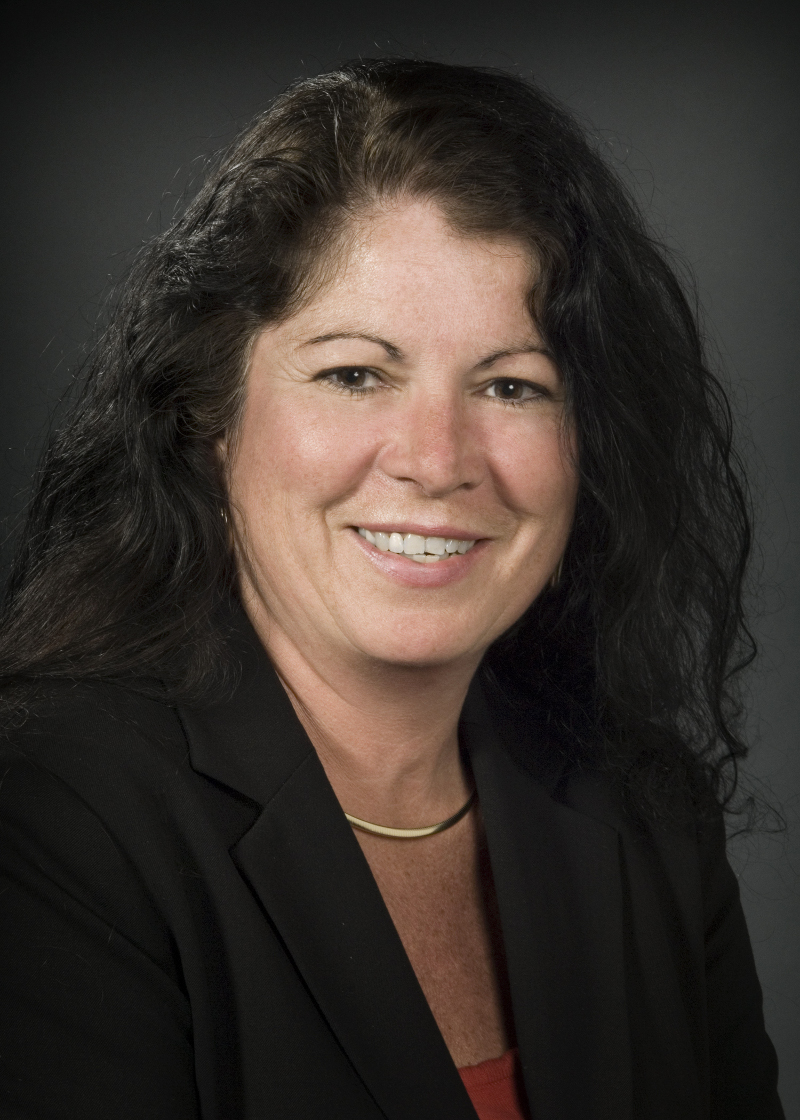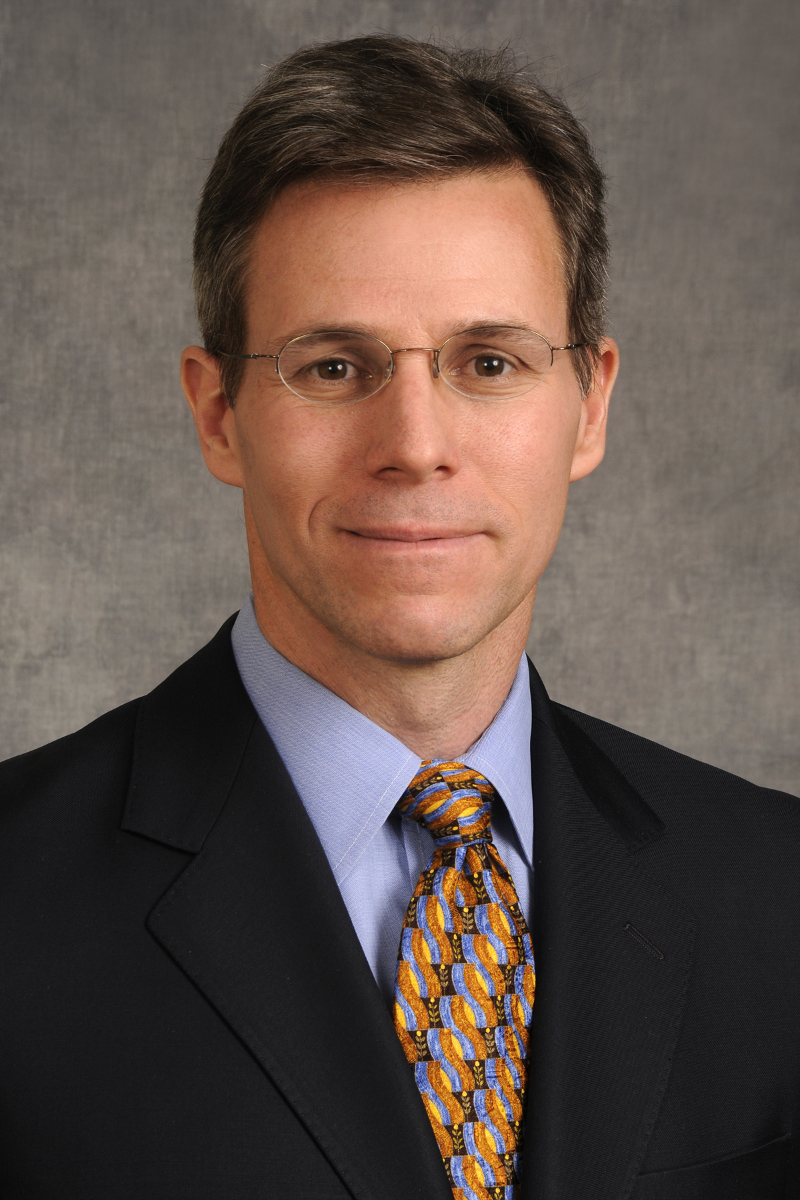When North Shore University Hospital in Manhasset, N.Y. increased its hand hygiene compliance rate in an intensive care unit from less than 10 percent to more than 85 percent in less than four weeks and maintained that rate for three years, it knew it hit upon something big: It had discovered a superior way to monitor and improve infection control compliance.
 The importance of monitoring
The importance of monitoring
Monitoring physicians' and staff's adherence to infection control guidelines is crucial for preventing infections and ensuring patient safety. Surveillance also helps leaders identify barriers to noncompliance. Donna Armellino, vice president of infection prevention at Great Neck, N.Y.-based North Shore-Long Island Jewish Health System, says when monitors identify failures to adhere to infection control policies, it is crucial to have discussions with the individuals involved.
"You can't just make the assumption that the individual is deliberately not performing or disregarding protocols. Sometimes there's a restraint in the environment that prohibits staff from performing the action desired. By talking to the individual, you can identify and remove barriers," she says. For example, she says a staff member may not comply with hand hygiene standards because the type of hand soap causes irritation to the staff member's skin.
Why secret shoppers aren't so secret
There are several ways to monitor infection control compliance, including reviewing charts, investigating cases and openly or secretly observing behaviors. "Secret shoppers" — individuals who pose as patients or colleagues in order to monitor staff behaviors — are used to determine staff's true compliance rate, not a rate that is artificially increased due to an awareness of being watched. Unfortunately, this technique has several flaws, the first of which is that secret shoppers aren't secret for long.
"With secret shoppers, sooner or later the individuals being observed recognize the secret, so [the monitors] are no longer undercover," Ms. Armellino says. Consequently, the compliance rate that is recorded does not reflect the average compliance rate when staff are not observed. Direct observation typically has the same effect on compliance rates, but without the pretense of being secret. For example, NSUH used direct observation to determine hand hygiene adherence levels in 2008; this method yielded an adherence rate of 60 percent. When the hospital used an objective monitoring system that provided constant observation and feedback, however, it found the rate to be less than 10 percent.
 NSUH's surveillance experience
NSUH's surveillance experience
NSUH, part of North Shore-LIJ Health System, participated in a study (which was later published in Clinical Infectious Diseases) to determine the effect of a new monitoring system on hand hygiene compliance in its 17-bed ICU. The ICU implemented remote video auditing, in which video cameras placed in a room record behavior 24/7 and send information to third-party auditors, who determine compliance to a standard. The compliance data is then sent to an electronic scoreboard.
In NSUH's case, the cameras were set up to view every sink and hand sanitizer dispenser in the ICU, and the auditors monitored for hand hygiene compliance. From a baseline of less than 10 percent in 2008, the ICU increased its compliance to more than 85 percent in 2010 and sustained that rate over time. The hospital attributed its success largely to the remote video auditing system, which provided continuous monitoring and real-time feedback to leaders and employees.
Expanding infection control compliance surveillance
Now, NSUH has expanded the RVA system to monitor adherence to personal protective equipment protocols in its isolation rooms. Personal protective equipment are barriers to prevent the spread of bacteria between patients and healthcare staff, and include gowns, gloves, masks and respirators. In addition, the hospital has implemented RVA in a pilot program to monitor processes in the operating room, such as room turnover times, sterilization and "time outs" — a discussion among members of the OR team immediately preceding the surgery to ensure safety.
Feedback spurs improvement
One of the drivers of hand hygiene compliance improvement at NSUH was constant feedback visually displayed in the unit. An electronic scoreboard showed the current shift's compliance rate, which motivated staff to improve. The compliance rate was reported in aggregate as opposed to individually to avoid an association of punishment with the compliance effort. "You can get people to rally around achieving excellence by highlighting success stories and not signaling out failures," says Adam Aronson, CEO of Arrowsight, which supplies the RVA technology.
In addition to displaying the rate of compliance, NSUH posted positive messages for high compliance rates, such as "Great shift!" or "Keep it up!" according to Mr. Aronson. These positive reinforcements helped motivate staff to perform at the highest level.
Communicate with employees to gain buy-in
While visual, constant feedback on performance can spur improvement, hospital leaders first need to gain buy-in for the technology. "It's not the kind of program you can install and it will magically work," Mr. Aronson says. "There's a fair amount of work that needs to be done at all leadership levels to get staff to embrace it and not be highly suspicious and dismissive of it," he says.
Explaining what the technology does and why the hospital chose it can ease concerns and suspicions. Emphasizing that the technology is a tool to improve patient care and that it is an objective measure of performance is also effective in gaining buy-in. "The message should be, 'We're in this business to do the very best we can, and we're going to be able to use this tool to collect data to highlight how terrifically we can perform and give us recognition that no one can question,'" Mr. Aronson says.
Why leaders should care
Accurate infection control surveillance is critical for making real improvements in quality care and patient safety. Hospital leaders need to carefully consider their monitoring methods to ensure providers are compliant and performing at the top of their ability.
Survey: C. Diff Infection Rates Stagnate Despite Increased Interventions
6 Factors Associated With C. Diff Infection Relapse
 The importance of monitoring
The importance of monitoringMonitoring physicians' and staff's adherence to infection control guidelines is crucial for preventing infections and ensuring patient safety. Surveillance also helps leaders identify barriers to noncompliance. Donna Armellino, vice president of infection prevention at Great Neck, N.Y.-based North Shore-Long Island Jewish Health System, says when monitors identify failures to adhere to infection control policies, it is crucial to have discussions with the individuals involved.
"You can't just make the assumption that the individual is deliberately not performing or disregarding protocols. Sometimes there's a restraint in the environment that prohibits staff from performing the action desired. By talking to the individual, you can identify and remove barriers," she says. For example, she says a staff member may not comply with hand hygiene standards because the type of hand soap causes irritation to the staff member's skin.
Why secret shoppers aren't so secret
There are several ways to monitor infection control compliance, including reviewing charts, investigating cases and openly or secretly observing behaviors. "Secret shoppers" — individuals who pose as patients or colleagues in order to monitor staff behaviors — are used to determine staff's true compliance rate, not a rate that is artificially increased due to an awareness of being watched. Unfortunately, this technique has several flaws, the first of which is that secret shoppers aren't secret for long.
"With secret shoppers, sooner or later the individuals being observed recognize the secret, so [the monitors] are no longer undercover," Ms. Armellino says. Consequently, the compliance rate that is recorded does not reflect the average compliance rate when staff are not observed. Direct observation typically has the same effect on compliance rates, but without the pretense of being secret. For example, NSUH used direct observation to determine hand hygiene adherence levels in 2008; this method yielded an adherence rate of 60 percent. When the hospital used an objective monitoring system that provided constant observation and feedback, however, it found the rate to be less than 10 percent.
 NSUH's surveillance experience
NSUH's surveillance experienceNSUH, part of North Shore-LIJ Health System, participated in a study (which was later published in Clinical Infectious Diseases) to determine the effect of a new monitoring system on hand hygiene compliance in its 17-bed ICU. The ICU implemented remote video auditing, in which video cameras placed in a room record behavior 24/7 and send information to third-party auditors, who determine compliance to a standard. The compliance data is then sent to an electronic scoreboard.
In NSUH's case, the cameras were set up to view every sink and hand sanitizer dispenser in the ICU, and the auditors monitored for hand hygiene compliance. From a baseline of less than 10 percent in 2008, the ICU increased its compliance to more than 85 percent in 2010 and sustained that rate over time. The hospital attributed its success largely to the remote video auditing system, which provided continuous monitoring and real-time feedback to leaders and employees.
Expanding infection control compliance surveillance
Now, NSUH has expanded the RVA system to monitor adherence to personal protective equipment protocols in its isolation rooms. Personal protective equipment are barriers to prevent the spread of bacteria between patients and healthcare staff, and include gowns, gloves, masks and respirators. In addition, the hospital has implemented RVA in a pilot program to monitor processes in the operating room, such as room turnover times, sterilization and "time outs" — a discussion among members of the OR team immediately preceding the surgery to ensure safety.
Feedback spurs improvement
One of the drivers of hand hygiene compliance improvement at NSUH was constant feedback visually displayed in the unit. An electronic scoreboard showed the current shift's compliance rate, which motivated staff to improve. The compliance rate was reported in aggregate as opposed to individually to avoid an association of punishment with the compliance effort. "You can get people to rally around achieving excellence by highlighting success stories and not signaling out failures," says Adam Aronson, CEO of Arrowsight, which supplies the RVA technology.
In addition to displaying the rate of compliance, NSUH posted positive messages for high compliance rates, such as "Great shift!" or "Keep it up!" according to Mr. Aronson. These positive reinforcements helped motivate staff to perform at the highest level.
Communicate with employees to gain buy-in
While visual, constant feedback on performance can spur improvement, hospital leaders first need to gain buy-in for the technology. "It's not the kind of program you can install and it will magically work," Mr. Aronson says. "There's a fair amount of work that needs to be done at all leadership levels to get staff to embrace it and not be highly suspicious and dismissive of it," he says.
Explaining what the technology does and why the hospital chose it can ease concerns and suspicions. Emphasizing that the technology is a tool to improve patient care and that it is an objective measure of performance is also effective in gaining buy-in. "The message should be, 'We're in this business to do the very best we can, and we're going to be able to use this tool to collect data to highlight how terrifically we can perform and give us recognition that no one can question,'" Mr. Aronson says.
Why leaders should care
Accurate infection control surveillance is critical for making real improvements in quality care and patient safety. Hospital leaders need to carefully consider their monitoring methods to ensure providers are compliant and performing at the top of their ability.
More Articles on Infection Control:
Patient Safety Tool: Guide to Preventing C. Diff Infections From APICSurvey: C. Diff Infection Rates Stagnate Despite Increased Interventions
6 Factors Associated With C. Diff Infection Relapse


